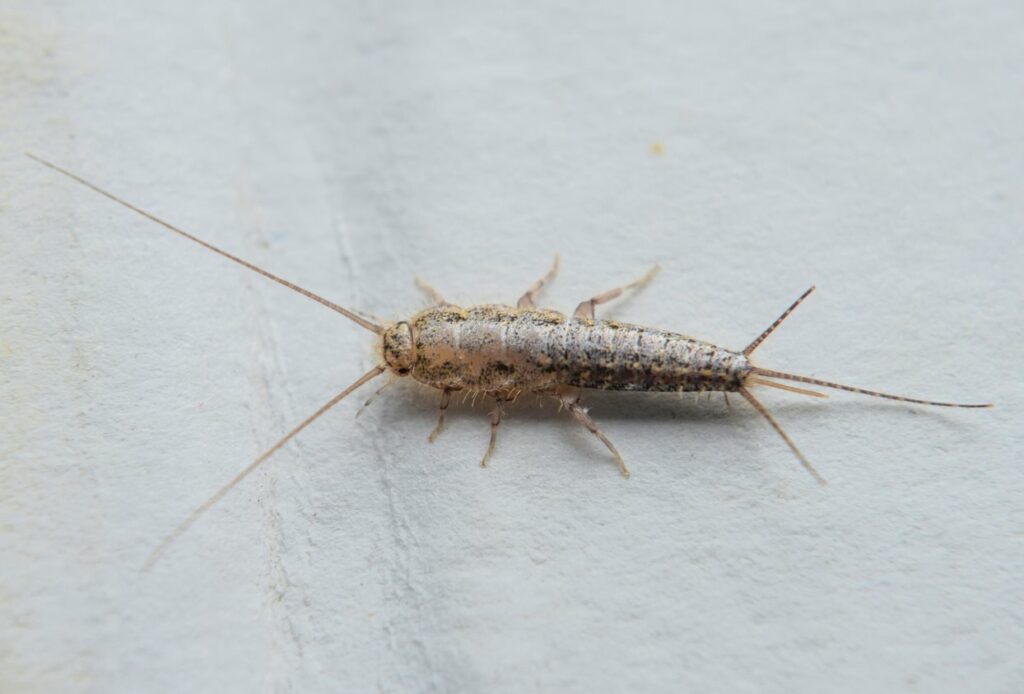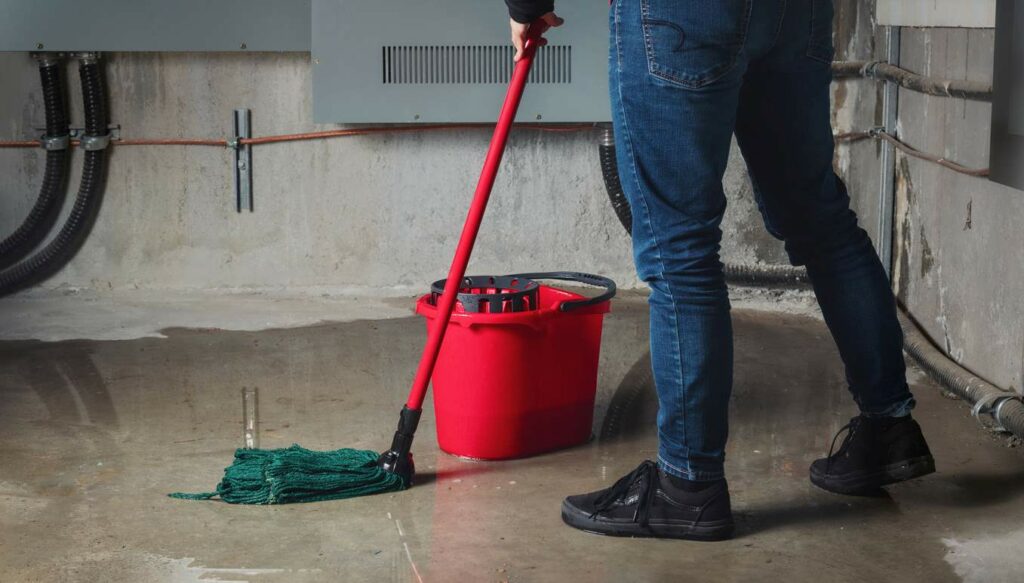In many ways, pests are just like us—one way being that most of them need water to survive. Thus, to prevent pest infestations, it’s essential to address any moisture issues in your home and yard, then keep those areas dry.
Let’s dig into why pests love moisture around your house and how to start drying up their populations with the appropriate pest control measures.
Why Do Damp Areas Lead to Pest Problems at Home?
Excess moisture attracts pests by providing them with a source of water and creating ideal breeding grounds, in addition to promoting the growth of mold and weakening the structure of your home.
Water Is Essential for Pest Survival
Many pests, such as cockroaches, ants, and rodents, require water to survive. Excess moisture provides them with the necessary water they need to survive, which attracts them to your home.
Damp Areas Provide Breeding Grounds
Excess moisture creates damp areas, which can provide ideal breeding grounds for pests like mosquitoes and other insects that require moist environments to breed.
Moisture Invites Mold and Mildew Growth
Excess moisture can also lead to the growth of mold and mildew, which can attract pests. Some pests, such as silverfish, feed on mold and can be attracted to areas where it is present.
Moisture Weakens Building Structure
Excess moisture can weaken the building structure, creating entry points for pests. For example, termites are attracted to damp wood and can cause significant damage to your home if they find a way in.
Are Insects Attracted to Moisture?
Yes, many insects are attracted to moisture. Insects, like all living organisms, require water to survive, and they are often drawn to areas with high moisture levels. This is because moisture provides insects with the necessary water they need for drinking, as well as for the development and reproduction of their eggs.
Some insects, such as mosquitoes, require standing water to breed and lay their eggs. Others, such as cockroaches and silverfish, are attracted to areas with high humidity levels, like bathrooms and kitchens, where they can find moisture to survive.
Insects that are attracted to moisture can pose a problem for homeowners as they can cause damage to structures and property, and some can even pose health risks. It’s important to address any moisture issues in and around your home to prevent insect infestations and reduce the likelihood of damage or health risks.

What Types of Pests Are Attracted to Moisture?
Certain pests are attracted to moisture and can be found in areas with high humidity levels or standing water. It’s essential to keep your home dry and address any moisture issues promptly to prevent pest infestations. Several types of pests are attracted to moisture, including:
Cockroaches
Cockroaches are attracted to moist and humid environments, and they require water to survive. They are often found in areas with high moisture levels, such as kitchens, bathrooms, and basements.
Silverfish
Silverfish are attracted to damp areas and feed on mold and other organic matter. They can be found in areas with high humidity levels, such as bathrooms, basements, and crawl spaces.
Ants
Some species of ants (such as carpenter ants) are attracted to moist environments, which are attracted to damp or rotting wood.
Mosquitoes
Mosquitoes require standing water to breed, and they are often found in areas with high humidity levels, including near ponds, lakes, and other bodies of water.
Rodents
Rodents require water to survive, and they are often found in areas with high moisture levels, like basements and crawl spaces.
Areas in Homes and Buildings That Collect Moisture and Attract Pests
It’s essential to keep these areas dry and address any moisture issues promptly to prevent pest infestations. There are several areas in a home where moisture can collect and attract pests. Here are some of the most common areas:
Bathrooms
Bathrooms are a significant source of moisture in a home due to the use of showers, bathtubs, and sinks. Moisture can collect on walls, floors, and ceilings, making them attractive to pests like cockroaches and silverfish.
Kitchens
Kitchens are another source of moisture in a home, with steam from cooking and washing dishes contributing to high humidity levels. Moisture can collect in sink drains, under appliances, and on countertops, attracting pests like ants and cockroaches.
Basements

Basements are often damp, dark, and humid, making them an ideal breeding ground for pests such as rodents and termites. Moisture can collect on walls and floors due to poor ventilation, leaks, or high groundwater levels.
Crawl Spaces
Crawl spaces are another area where moisture can collect, leading to mold growth and attracting pests like termites, rodents, and silverfish. Poor ventilation and leaks can contribute to high moisture levels in crawl spaces.
Attics
Attics can also collect moisture due to poor ventilation and leaks, making them attractive to pests like rodents and silverfish.
Laundry Rooms
Laundry rooms can also be a source of moisture due to the use of washing machines and dryers. Moisture can collect in drains and on floors, making them attractive to pests like silverfish.
How Do You Get Rid of Moisture Pests?
If you’re wondering how to prevent excess moisture from attracting pests, here are some steps you can take:
Fix Leaks
Regularly inspect your home for leaks in pipes, faucets, and roofs. Fix any leaks promptly to prevent water damage and reduce moisture levels.
Use Ventilation
Proper ventilation is essential in areas like bathrooms, kitchens, and basements to reduce moisture levels. Use exhaust fans or open windows to increase ventilation and airflow.
Control Humidity
Use dehumidifiers to control humidity levels in areas of your home with high moisture levels, like basements and crawl spaces.
Keep Surfaces Dry
Wipe down surfaces that collect moisture, such as sinks, countertops, and shower stalls, to reduce the buildup of moisture and prevent pests from being attracted to the area.
Address Standing Water
Eliminate standing water around your home, such as in flowerpots, birdbaths, and gutters, to reduce mosquito breeding grounds.
Maintain Gutters
Keep gutters and downspouts clean and in good repair to prevent water from collecting around your home’s foundation.
Seal Cracks and Gaps
Seal any cracks or gaps around windows, doors, and pipes to prevent pests from entering your home.
Get Moisture Pests Under Control with Pest Control
If you’re finding that pests are drawn to damp areas of your home, or you’re simply seeking preventive pest control for your home, don’t delay: Call Brooks today to experience the best of west coast pest control services. With a range of regular pest treatments and programs, Brooks Pest Control partners with you to help maintain a pest-free space all year round. To get started, request your free quote online!